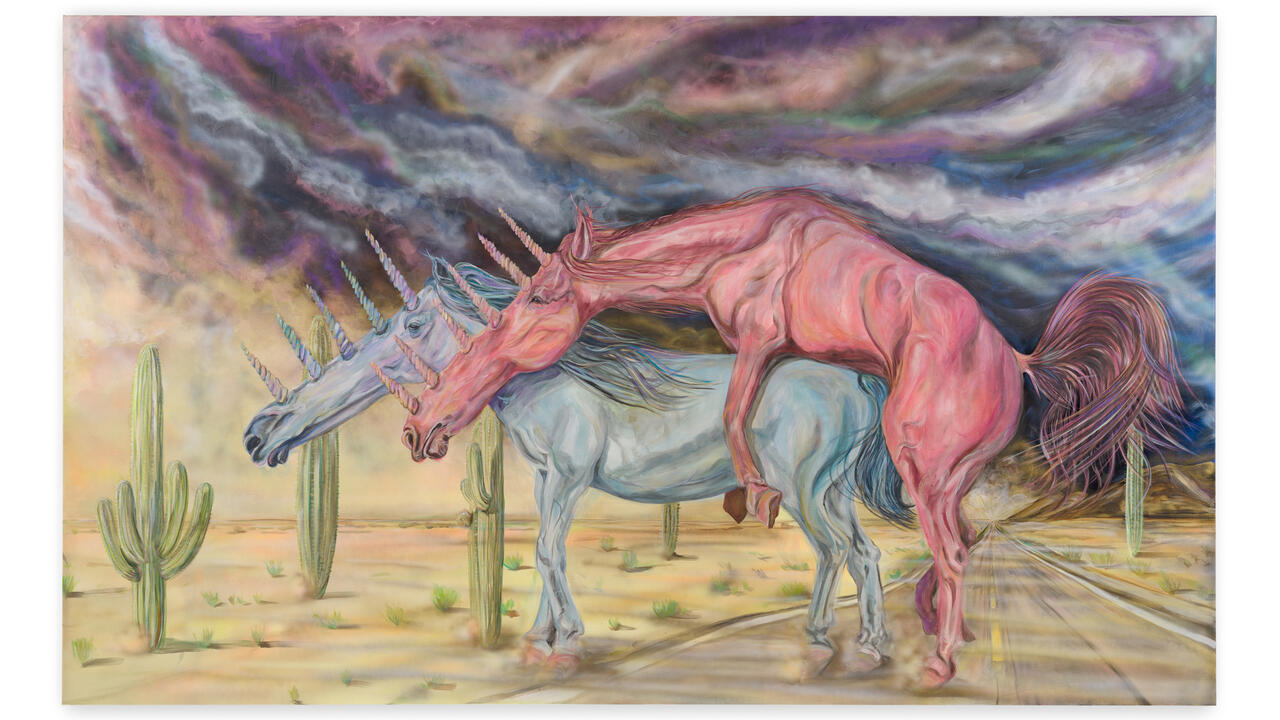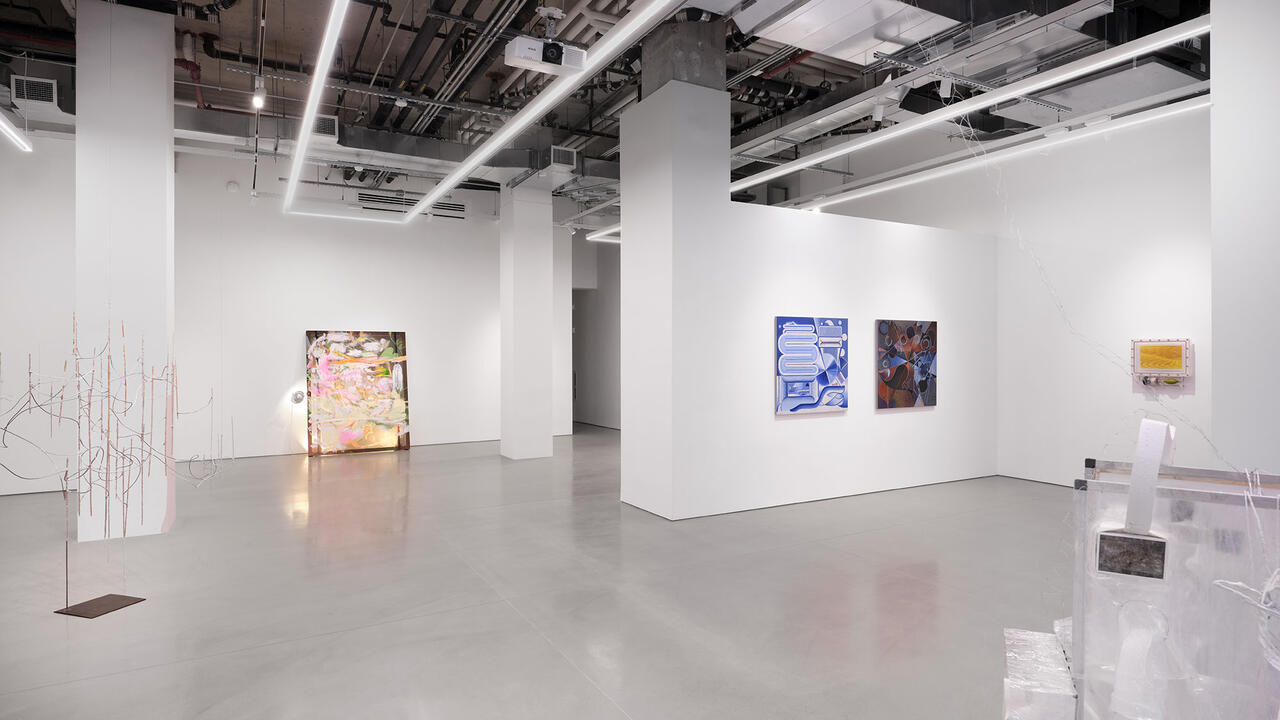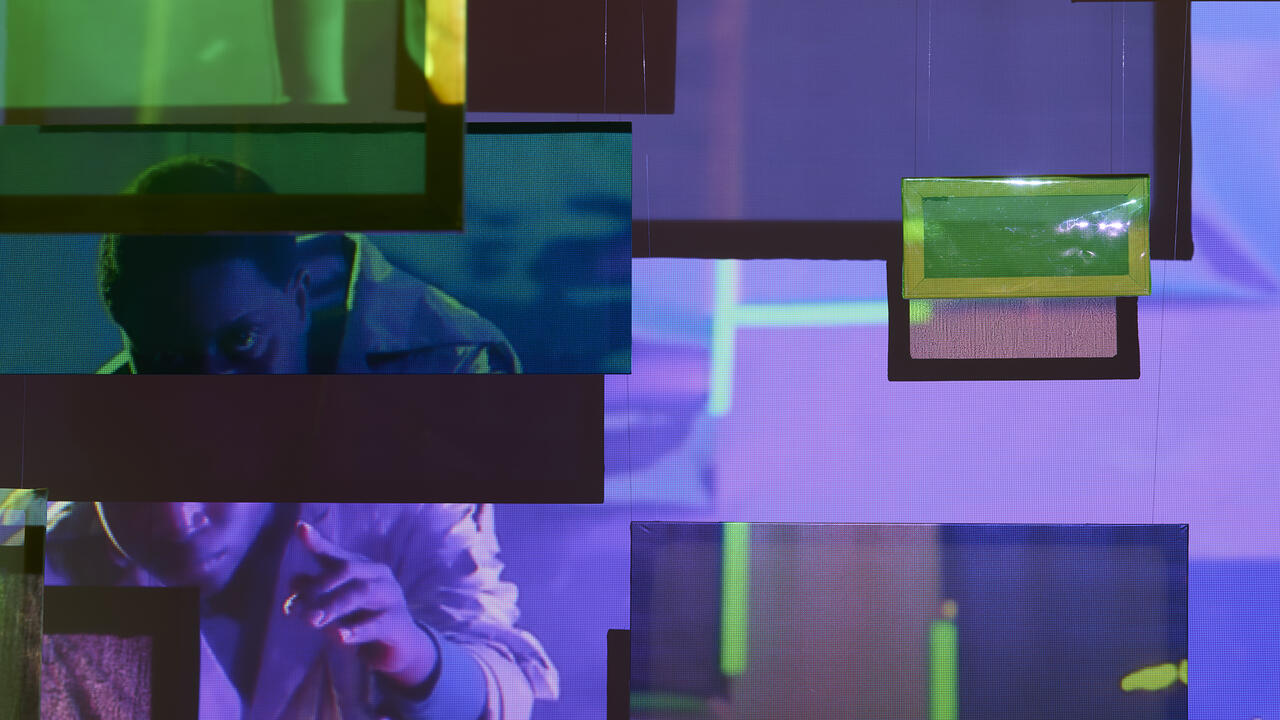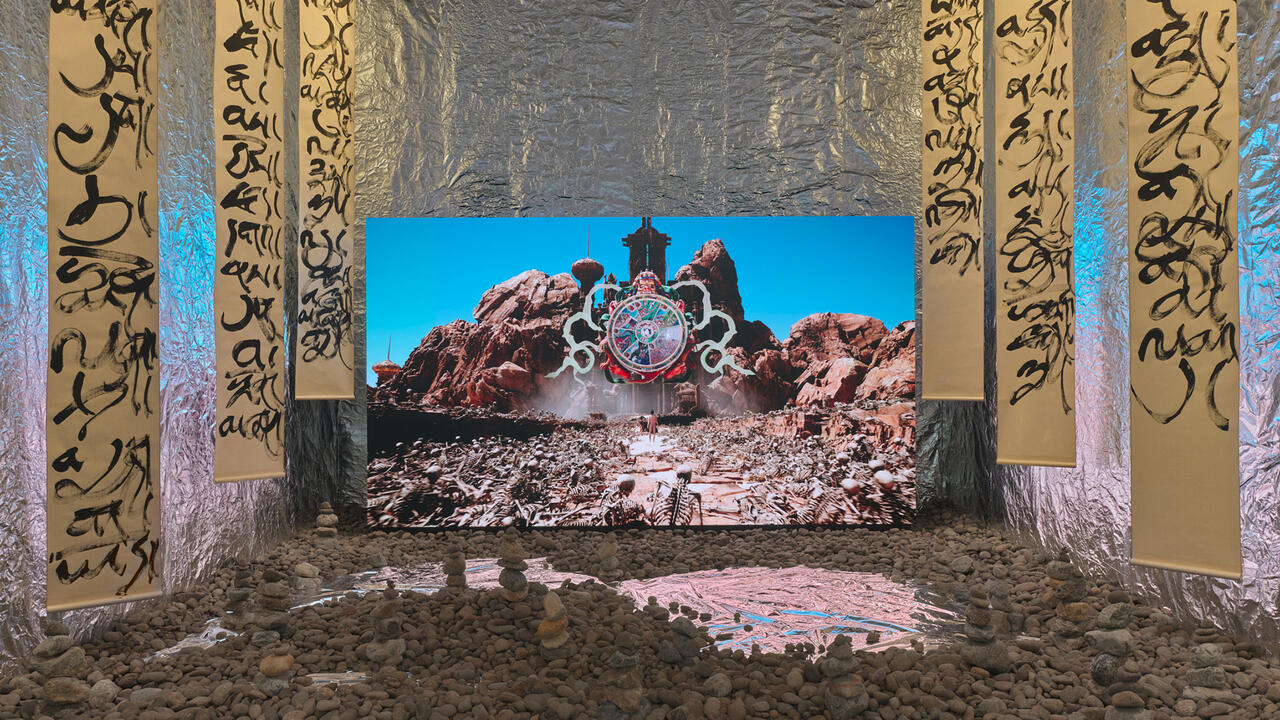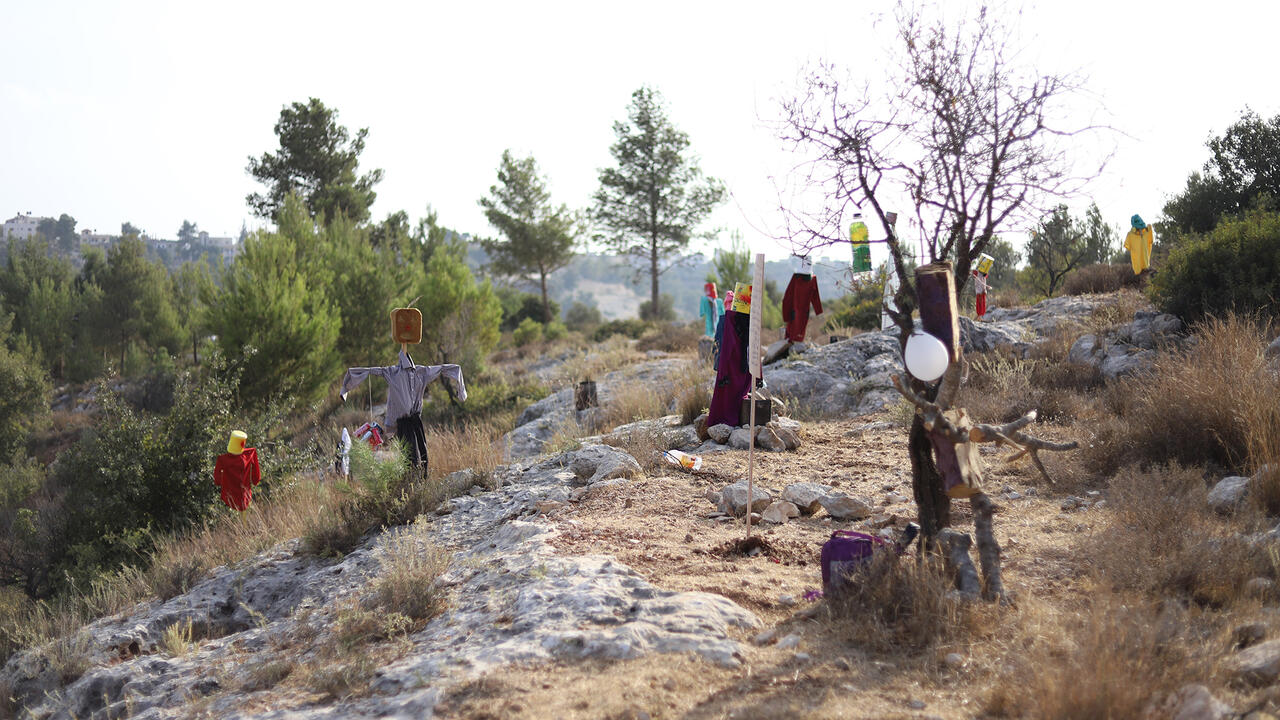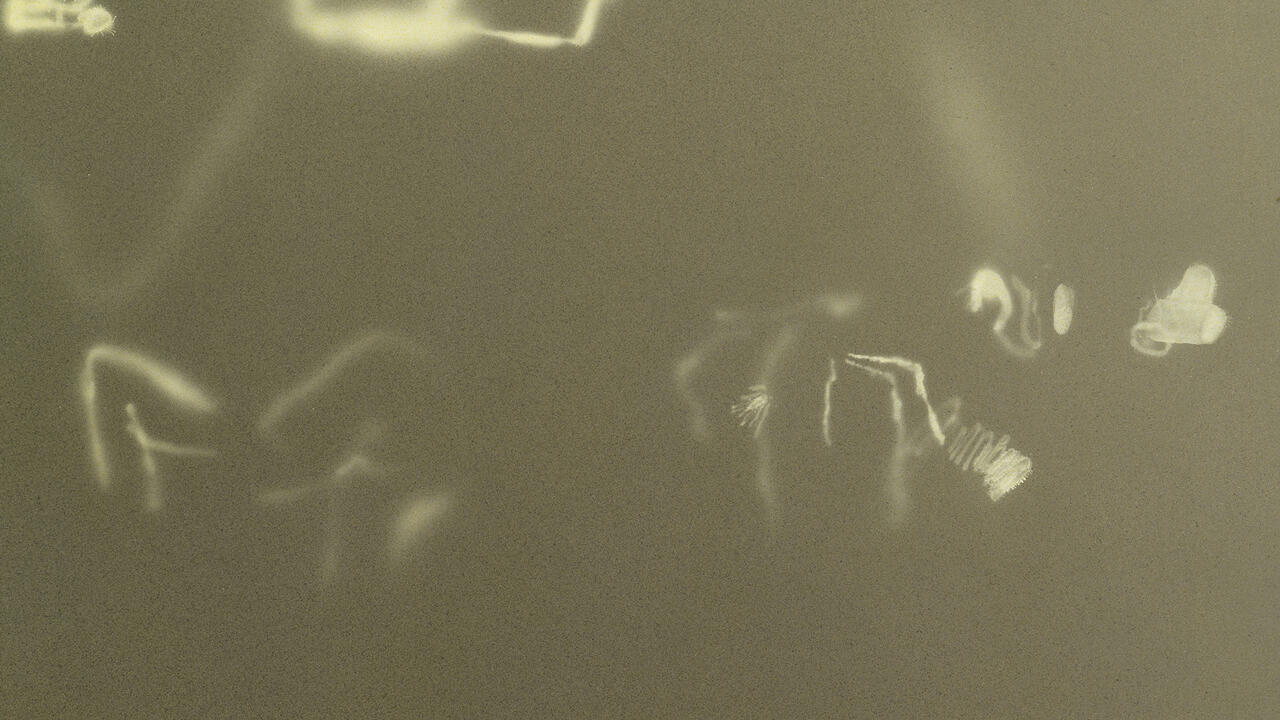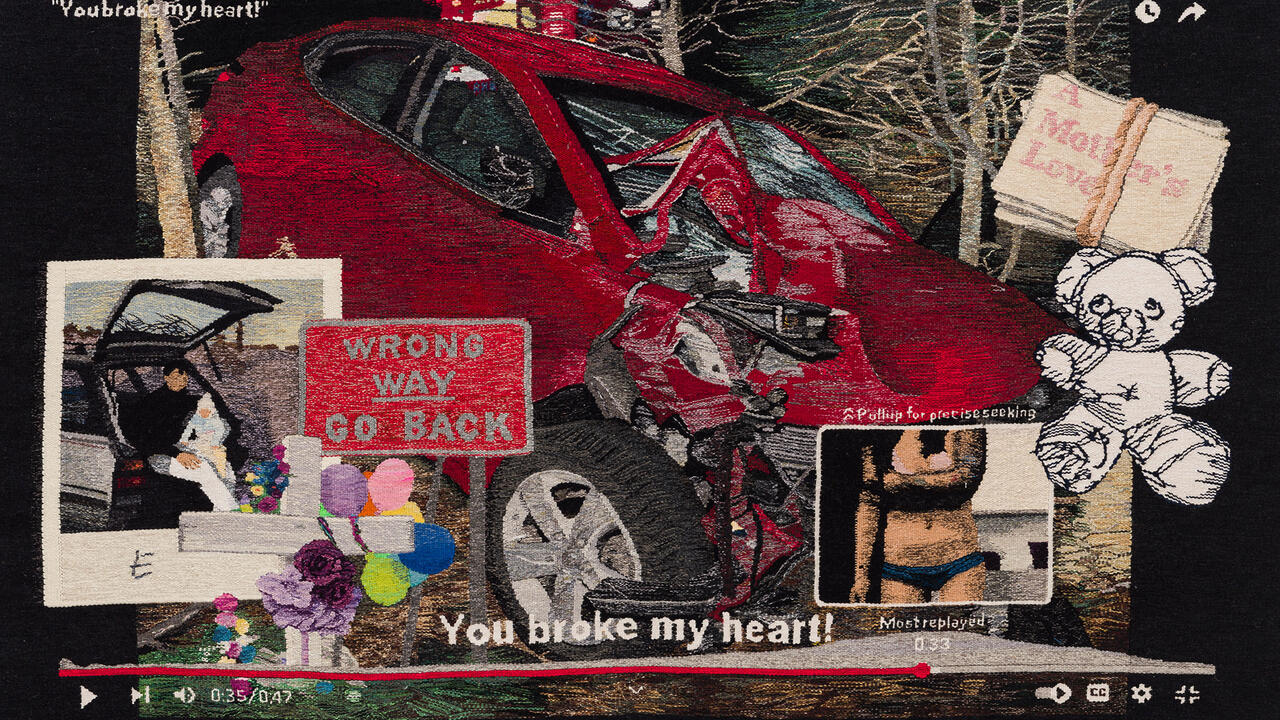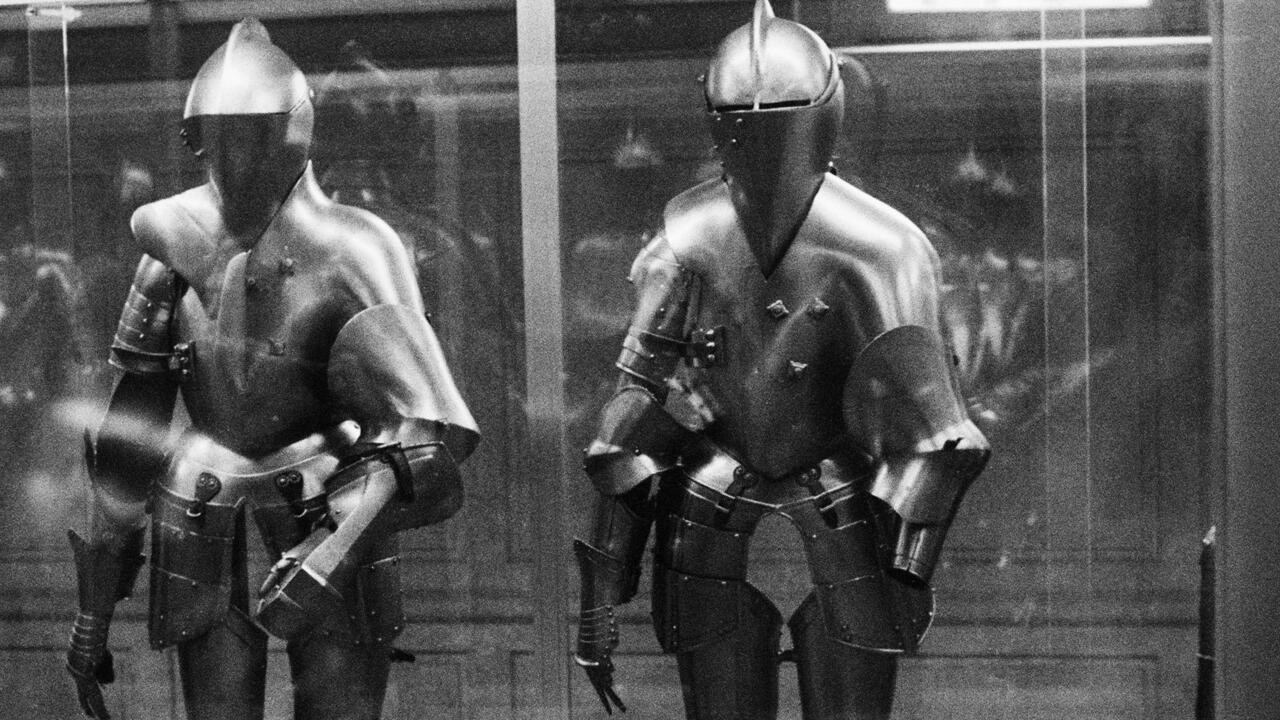Dominique Gonzalez-Foerster
Dia at the Hispanic Society of America, New York, USA
Dia at the Hispanic Society of America, New York, USA

‘This was a red jungle. There were floor lamps and rugs in the clearings, and rows of books back in the shadows,’ reads a line from Paul Bowles’ dark novel Up Above the World (1966) that surfaces in Dominique Gonzalez-Foerster’s installation chronotopes & dioramas (2009). Books often lurk in her work, and somehow always seem to be enveloped in shadows – shifting and dreamlike – even when they take centre stage, as they do in her new piece for the wonderfully atmospheric Hispanic Society of America.
Founded by Archer Milton Huntington in 1904, the Hispanic Society is a museum and research library with a stellar collection of paintings, decorative objects, books, documents, prints and photographs. After discovering that the library – despite being rich in such treasures as ancient sailing charts, medieval illuminated books of hours and first editions by Spanish writers – offered only a limited supply of 20th-century literature, Gonzalez-Foerster envisioned a way of filling in some of the gaps. She enlisted experts from the American Museum of Natural History (which is renowned for its artful dioramas) to craft a trio of habitats in which volumes by nearly 40 authors replace taxidermied fauna. She also created a mural-sized calligram (an arrangement of words that creates a related visual image) reminiscent of the calligrams of 18th-century botanist Carl Linnaeus. Rather than starting with something material, such as a plant, Gonzalez-Foerster’s began with Mikhail Bakhtin’s concept of the ‘chronotope’, which he described as ‘functioning as the primary means for materializing time in space’ within the novel.
The installation is housed in an annexe to the Hispanic Society’s library. Upon entering, one sees the calligram, made up of names, quotations and scattered images or symbols, and loosely divided into three sections: one evokes water and verticality; another, aridity and flatness; the third, trailing vines. The dioramas are in the shadowy part of the room on the other side of the wall, arrayed side by side, with a bench in front of each. Gonzalez-Foerster has imagined three zones: the ‘North Atlantic’, the ‘Desert’ and the ‘Tropics’. Aside from the books, each diorama contains a single, mute trace of human presence: in the underwater ocean scene is what appears to be an oil barrel; in the desert vista are the ruins of a concrete bunker-like structure; and in the tropical environment stands a desolate-looking glass house glimpsed through a tangle of vegetation.
Whether some catastrophe has taken place – as was posited in Gonzalez-Foerster’s monumental installation at Tate Modern’s Turbine Hall, TH.2058 (2008) – is unclear. What is apparent is that these texts show the wear and tear of passing time. In her accompanying essay, the show’s organizer, Lynne Cooke, notes that the dioramas depart from the norm in that they don’t conjure a ‘timeless present’ – many of the books are tattered or mouldy, with outdated cover designs and typefaces, while each diorama evokes a possible scenario of destruction reminiscent of the science fiction narratives to which Gonzalez-Foerster gravitates. On the other hand, the habitat groups at the Museum of Natural History are drawing closer to her dioramas in that it is hard not to forget that many of the environments they mimic and the wildlife they re-animate have been ecologically ravaged, or are under threat.
It is impossible to identify many of the denizens of Gonzalez-Foerster’s dioramas – they are obscured by vines, sand, barnacles or other books – but an accompanying list reveals the holdings in each section of this imaginary library. Many of the books invoke anxiety and exile. Titles adrift in the blueish gloom of the frigid North Atlantic include Paul Auster’s Ghosts (1986), Adolfo Bioy Casares’ La invencíon de Morel (The Invention of Morel, 1940) and Franz Kafka’s Amerika (1927). Roberto Bolaño’s 2666 (2004) and Los Detectives Salvajes (The Savage Detectives, 1998) are strewn in the desert alongside works including two sci-fi epics, Ray Bradbury’s The Martian Chronicles (1946) and Frank Herbert’s Dune (1965). The tropical zone, where paperbacks proliferate like leaves, unsurprisingly features books by Oswald de Andrade and Mário de Andrade (the founders of Brazilian Modernism), but also by J.G. Ballard, Elizabeth Bishop, William S. Burroughs, Vladimir Nabokov and others.
Jorge Luis Borges, who famously imagined a universe in the form of a library and whose Ficciones (Fictions, 1944) is one of the dusty inhabitants of Gonzalez-Foerster’s desert scene (and one of the several from the collection of the Hispanic Society library), once remarked: ‘Books are altered by their readers […] That is why I feel it is useful that we should maintain a cult of books, since books are a living thing in constant growth.’ In chronotopes & dioramas, Gonzalez-Foerster distils the mutable nature of the texts on display. At the same time, her parallel library gives off a whiff of death, thanks to the dioramas’ uncanny doubling, evocation of both stillness and movement, and association with taxidermy. But that only highlights the way in which, outside of their glass walls, books flourish in the imagination.










